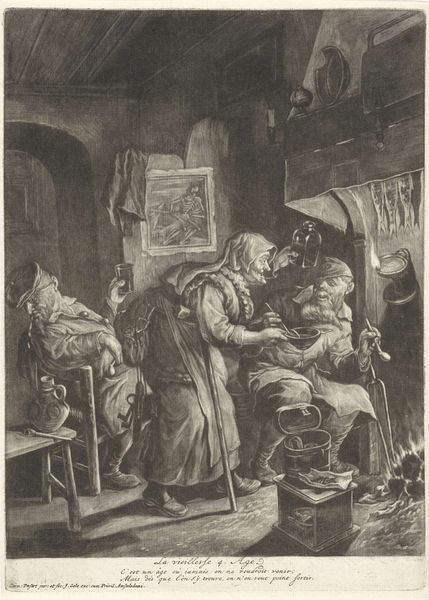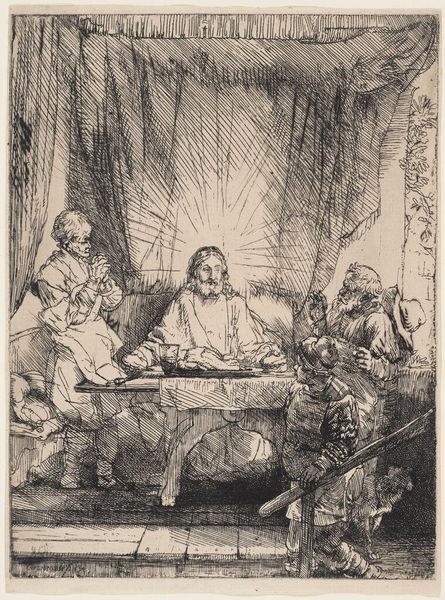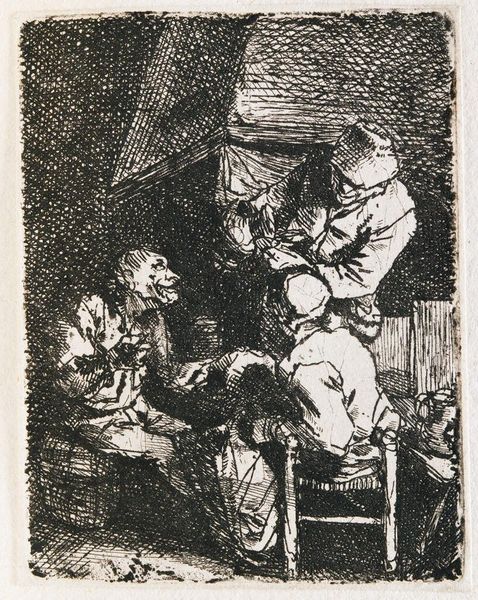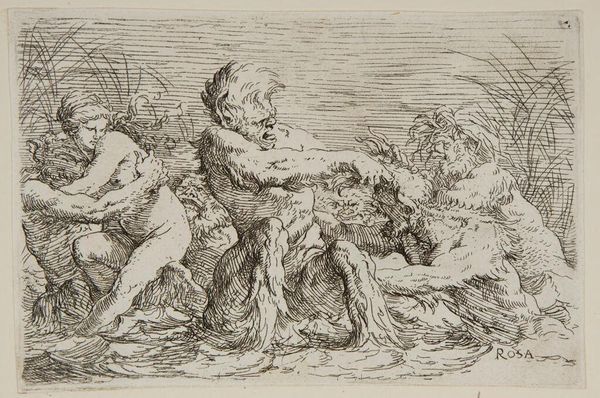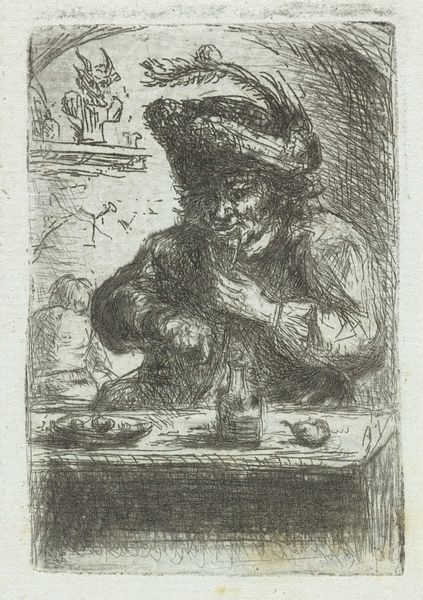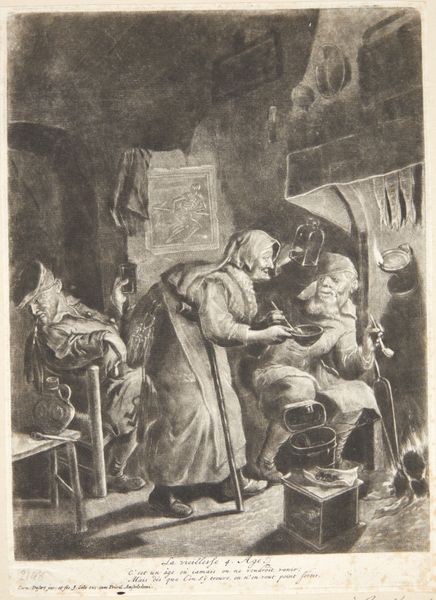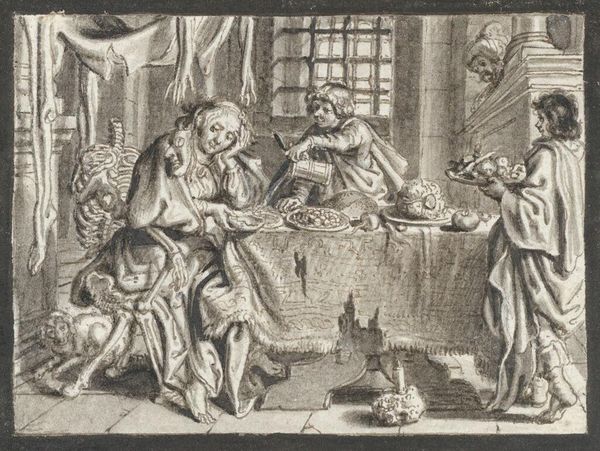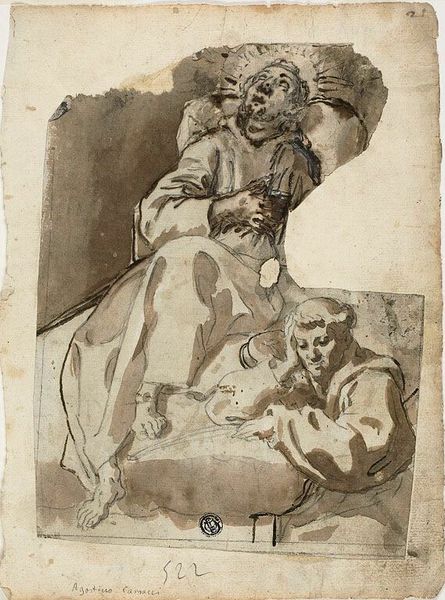
Still-Life with Porcelain and a Nautilus Cup 1660
0:00
0:00
willemkalf
Thyssen-Bornemisza Museum, Madrid, Spain
oil-paint
#
still-life
#
baroque
#
dutch-golden-age
#
oil-paint
#
oil painting
#
realism
Copyright: Public domain
Curator: This luminous artwork, currently held at the Thyssen-Bornemisza Museum in Madrid, is Willem Kalf’s “Still-Life with Porcelain and a Nautilus Cup.” It dates back to around 1660 and is an exquisite example of Dutch Golden Age painting. Editor: It's arresting, the way the light seems almost to emanate from the objects themselves. The dark background just makes the textures and colours of the fruit and the gleaming metal sing out. Curator: Indeed, Kalf was a master of light and texture. He created a market for a specific style of still life, so this luxurious display signals the rising affluence and global reach of the Dutch Republic during this period. Note how porcelain from China, Venetian glass, and that striking nautilus cup speak of global trade networks. Editor: And of colonialism, of course. Those opulent displays of wealth came at a heavy cost, extracted from other cultures. The arrangement here subtly reminds me how aesthetics and economic exploitation can be so tightly intertwined. The bright and ripe oranges, too, are an immediate signifier of overseas trade, given their status at the time as imported luxury goods. Curator: Absolutely. We need to contextualize these objects within their complex socio-economic history. Even seemingly straightforward art can be read in this richer way. Consider, too, the genre of still-life painting, in general: an appeal to the senses and reminder of mortality, all at once. Kalf elevates this to new heights. Editor: He certainly does. There's an incredible dynamism too. The way that seemingly discarded lemon peel hangs from the surface, like a small, subversive act of defiance in an otherwise stage-managed display. It introduces the concept of something ending. It makes you think what is normally cast away might contain just as much richness. Curator: It's a reminder that even in the most luxurious scenes, ephemerality reigns. Ultimately, even our finest possessions are temporary. I hope our visitors are now more deeply able to contextualize works like “Still-Life with Porcelain and a Nautilus Cup”, within larger histories. Editor: Hopefully this brief conversation illuminates not just the technical skill of Kalf but the ethical quandaries and power dynamics inherent in seemingly simple compositions of beautiful objects.
Comments
No comments
Be the first to comment and join the conversation on the ultimate creative platform.


